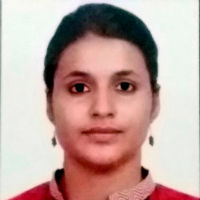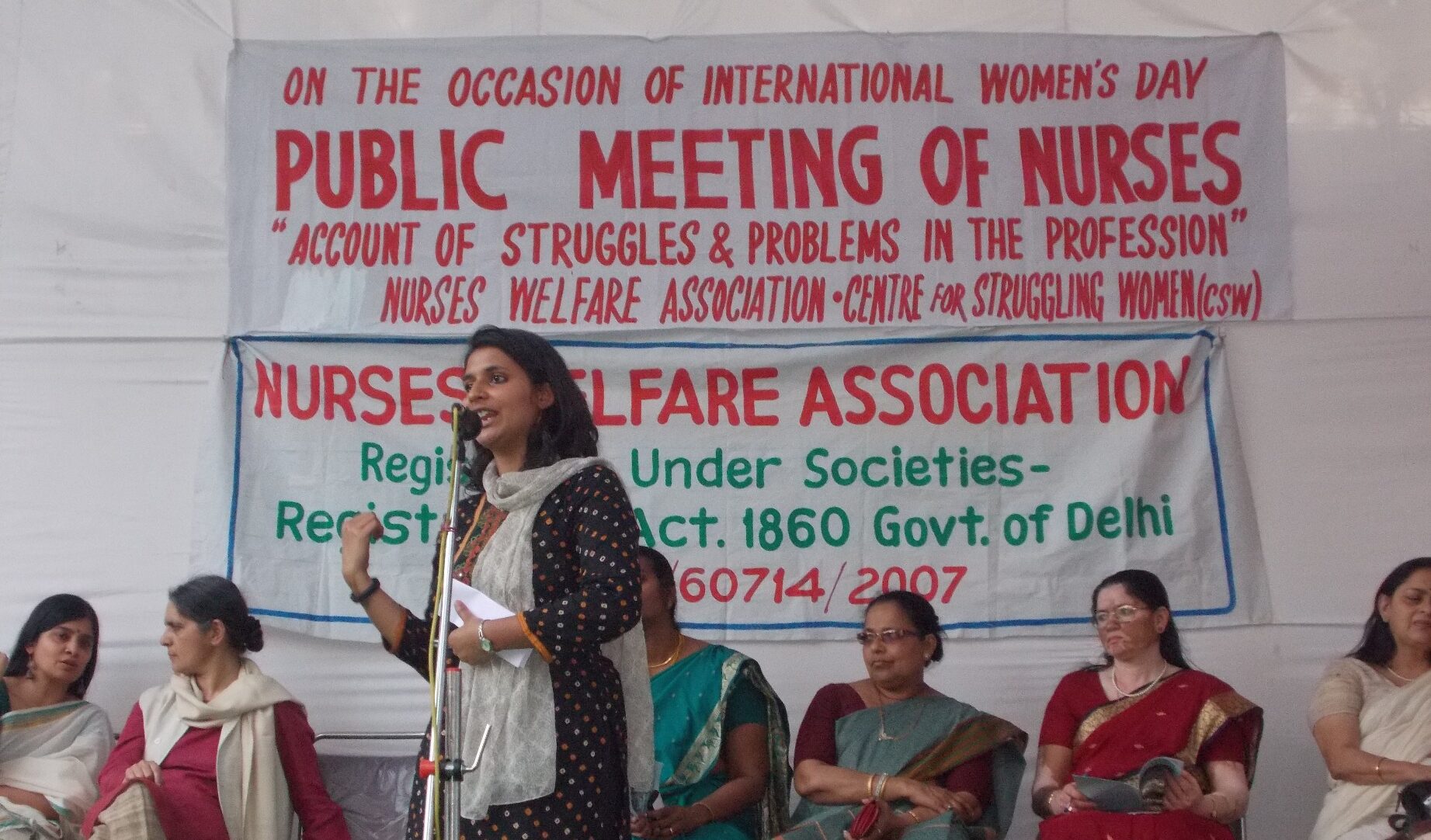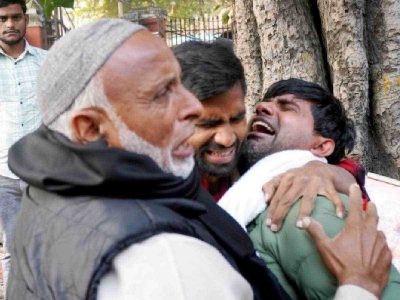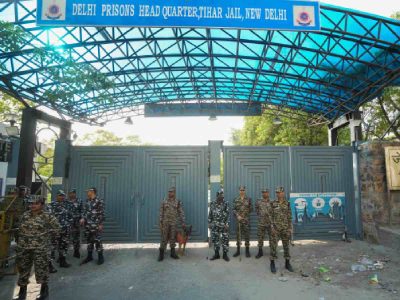St. Stephen’s was an all-men institute up until the 70s. Maya was at St Stephen’s for a Bachelor’s in History (Hons) in 2003-2006. There, she became the first-elected female president of the students union in the year 2005.
“I came into college like an average person with a lot of expectations. And I think this journey was quite revealing. I think the most beautiful part of my journey was becoming part of the progressive politics in DU where we are asking the right questions about access and gender equality”, she says.
Interestingly, John’s election as the first female president was fraught with difficulties and struggles. Her role as a union leader did not imply an easy path ahead for her or for other women in the university at that time.
“I was in a union in my final year and became the first-elected woman president. So, they didn’t accept me for a Master’s degree, which is when I took admission in Miranda House.” John later went on to complete her PhD from DU and is now an Assistant Professor at Jesus and Mary College.

She recalled instances where sexist remarks were made against her by the Stephen’s student fraternity. “Maya John, go back to the kitchen where you belong” was one of the remarks that has stayed clear in her memory from her time in the year 2005. To think that this was the level of commentary being put out in the “premiere” institute of the university in the 21st century seems almost too shocking.
In a report from the year when she was elected, Shashi Tharoor, a Stephen alumni, had a different perspective altogether. He had told TOI, “As a student (and President 1974-75), I had been strongly in favour of retaining St Stephen’s as an all-male college. But once it had gone co-educational, I am surprised it took us a whole generation to elect a woman president. It is a fitting way to commemorate 125 years of distinction — and evolution.”
She says that being able to engage with the bigger issues surrounding the struggle of students in the university was one of the rewarding aspects of her time.
“A large number of women students were not getting the best infrastructure, and a lot of colleges were not given enough funding, and of course, a large number were in the distance learning mode as well. So, I realised their biggest struggles. I began to connect with them, and I think that’s been the most rewarding experience of being part of this university.”
Adding to this, she mentioned how the university has come a long way since her time as the first female president to now.
“The University of Delhi started in 1922, and by 1930, within eight years of its establishment, we had some 85 women students. Today that figure touches lakhs, there’s some three to four lakh women in the University getting enrolled in each session. I think that of course, there has been an increase in women entering the University, which is a marker of change. And if we look more closely, one important change is that we started with such few numbers, but today, in most DU college women actually are slightly larger in number.”





